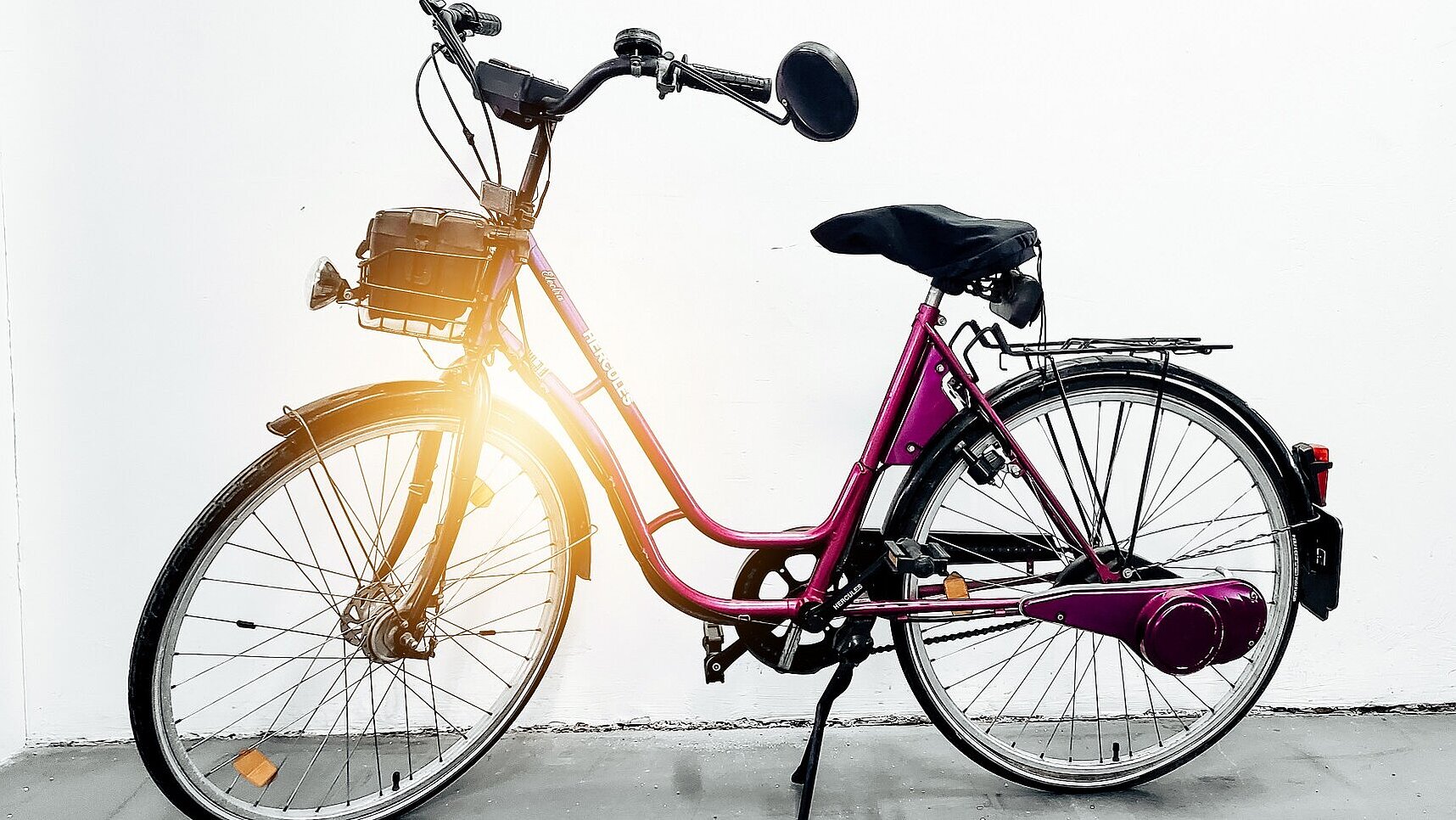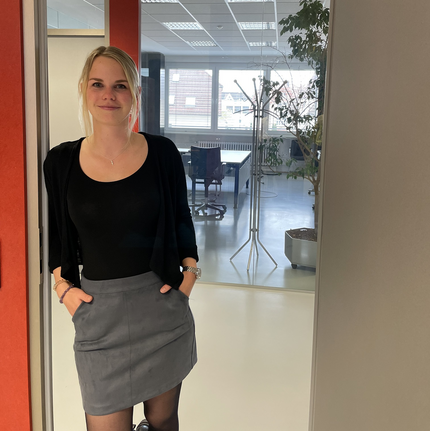A labor of love
Quiet country lanes, unspoiled natural beauty, medieval towns — the Black Forest offers amazing cycling routes. The hills, however, can present a real challenge to your enjoyment — if you’re riding a standard pedal bike.
This was the dilemma facing the wife of Dr. Wilhelm Binder Jr., son of our company founder Dr. Wilhelm Binder. She loved riding her bike but not its limitations on the steeper slopes. So, Wilhelm, a great inventor of electromagnetic components, decided to make some alterations, equipping the bicycle with a battery and an electric motor. To do so, he attached a wire basket with a battery above the bicycle’s front wheel. A control electronics box was fitted underneath the saddle, while a self-designed "cockpit" was attached to the handlebars, with a display showing speed, trip distance, and total distance covered. He also fitted a DC hand controller to the twist grip on the right handle, and a Robert Bosch motor on the rear wheel hub.
Hercules takes it nationwide
The bicycle remained a prototype until Binder signed a license agreement with Hercules, a leading bicycle manufacturer in Germany, for the worldwide exploitation rights in 1987. Hercules introduced the first commercial model — the Hercules Electra — to the market in 1988-1989. Equipped with a battery integrated in the luggage rack and a hub motor with disc brakes in the rear, its revolutionary design was considered a real world first.
Consumers, however, did not immediately warm to Electra. They simply didn’t see the need for an electric bike and felt charging it in the evening was too laborious. Furthermore, because of the DC motor, which could be switched on with a twist grip on the handlebars, the e-bike was considered a ‘hazardous vehicle’. This meant a driving license, moped liability insurance, and an insurance licence plate were all mandatory. Yet the 0.5hp/0.36kW motor achieved a maximum of 20 km/h: a little below what the targeted buyer groups were looking for.
Nevertheless, this pragmatic, smart concept became very popular over time, and is still considered an e-bike pioneer. Even today, many Electra e-bikes remain on the road!
So, who was Dr. Wilhelm Binder Jr. and what is the Kendrion connection? The son of the Binder-Magnete company founder Dr. Wilhelm Binder Sr., he took over the company from his father in 1953. In 1997, Binder-Magnete was taken over by Schuttersveld, which was changed to Kendrion in 2001.
On 7 February 2014, a relative of Dr. Wilhelm Binder Jr. gifted Mrs. Binder’s transformed e-bike to the Franciscan Museum in Villingen-Schwenningen where it is stored safely as part of the city’s heritage. A big thank you to Ina Sahl, the restoration specialist who works at the museum and shared this interesting background story with us!
You want to learn more about Kendrion technology? Find more information on our website!




